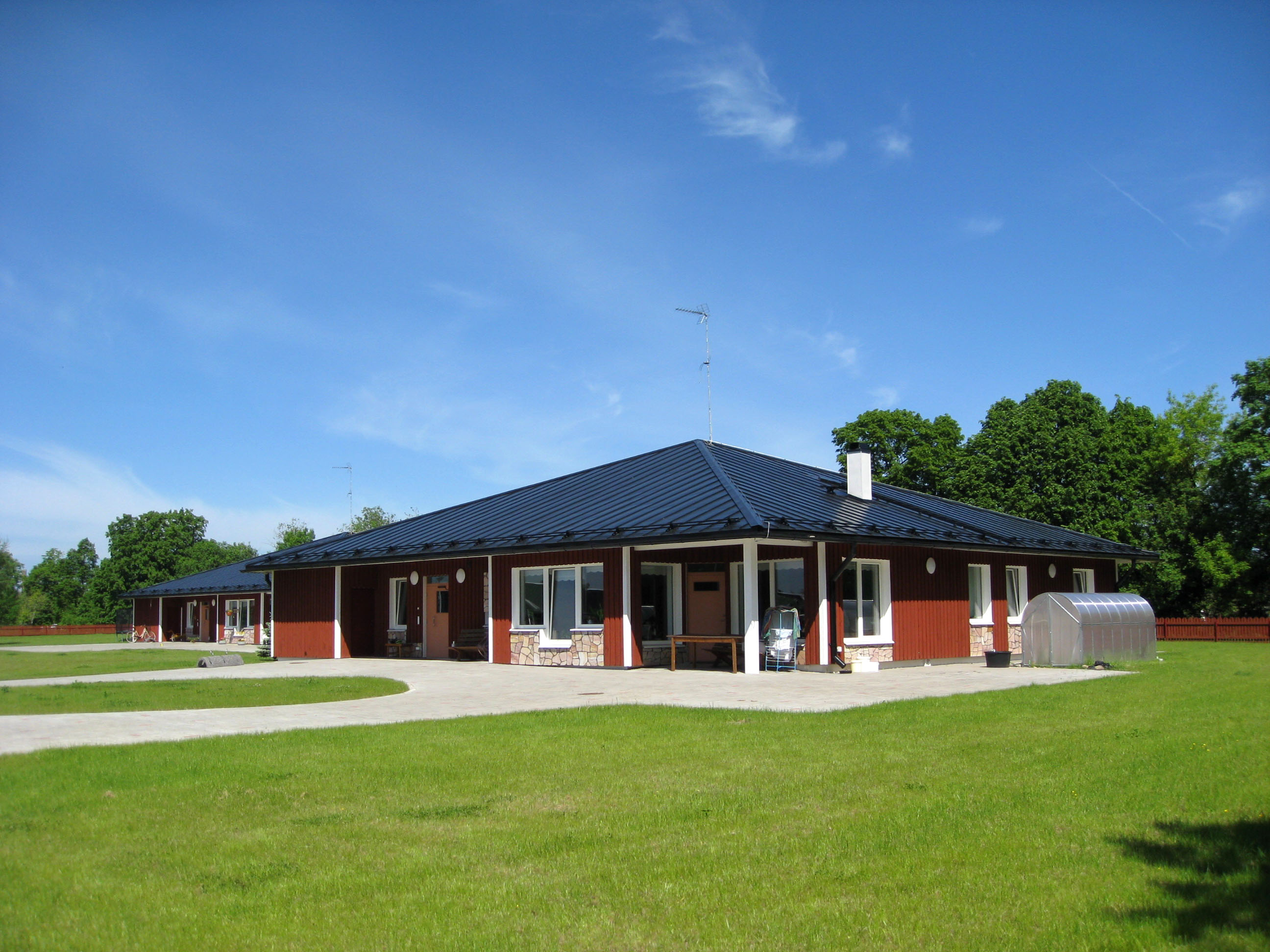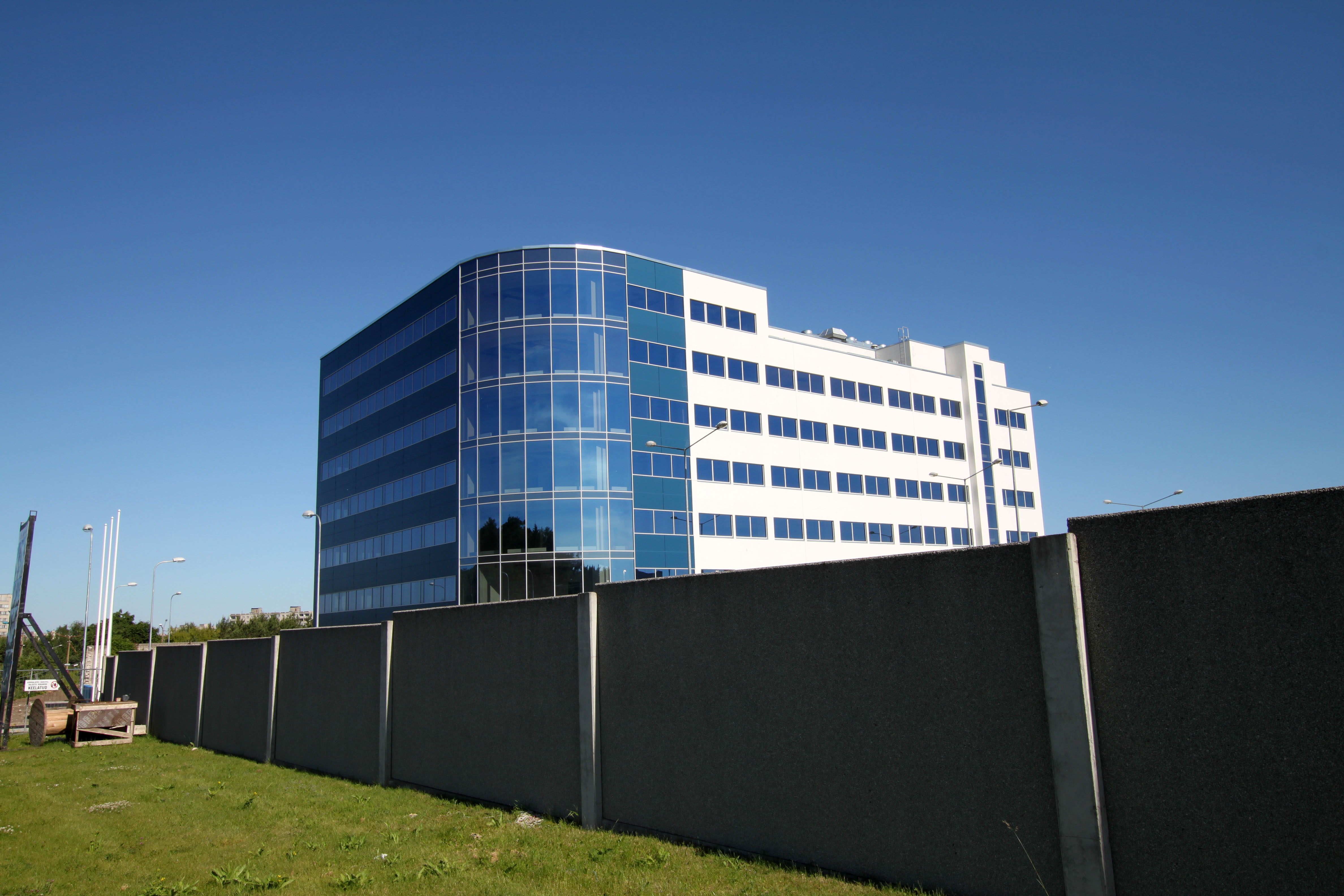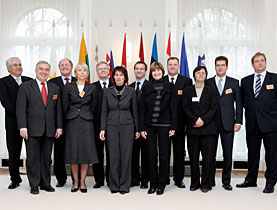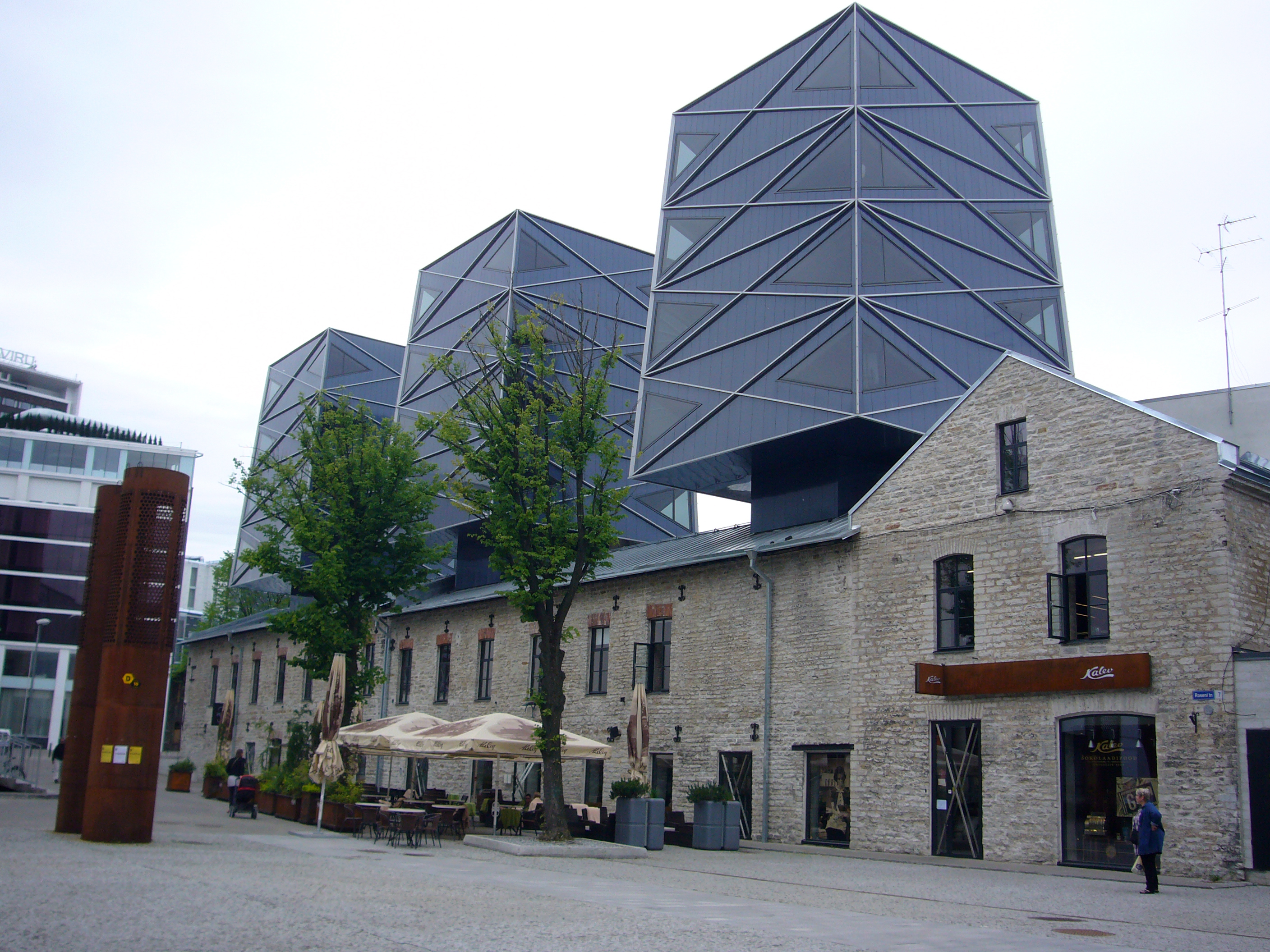Estonia’s children’s homes count on Swiss funds

The most northerly of the three Baltic states is reforming its youth and children’s welfare system with money from Switzerland’s enlargement contribution.
The aim is to enable children from problem families and disabled children to live in a way that is as close as possible to growing up in a family.
The rain is pouring down and it’s cold indoors even in June. It is lunchtime in a newly built house for severely handicapped children in Estonia.
Together with their carers the children wash up, put the dishes into the cupboards and give us a warm welcome.
“In the old children’s homes, the food is prepared in the kitchen, the children sit down at the table, and then everything is cleared away again,” a child carer tells us.
“Here, we involve the children in the house work, so that they feel at home. After all, they live here permanently.
“Perhaps the economic crisis also has a positive side, at least in this case,” says Ülar Vaadumäe, head of the external finance department in the Estonia’s social affairs ministry.
Needed urgently
“Because construction prices have dropped, we can probably build 12 instead of the originally planned ten new children’s homes of this kind with the money from Switzerland,” he explains.
With its enlargement contribution, Switzerland is participating in projects in the new European Union states to reduce their social and economic inequalities.
In Estonia, Switzerland is assisting with the construction of new children’s homes with a total of SFr 5.64 million ($5.32 million).
The homes can each accommodate a maximum of ten children and their foster parents or carers.
“Here the children should grow up in better circumstances than in the large institutions,” says Elmet Puhm, an advisor in the Estonian social affairs ministry.
New care facilities for children in Estonia are needed urgently.
The existing institutions are mostly housed in old, run-down buildings. They use a lot of energy which is also an economic problem in the cold winters.
Problem families
“Some of these homes are legacies of the Soviet occupation. They are large institutions. In those days, one simply put the children somewhere so that they were out of sight,” says Puhm.
At present, 1,260 children are living in homes in Estonia. In relation to the population of 1.4 million, this is above the European average.
“Many parents or single mothers or fathers have alcohol or drug problems, so the courts have to take their children away from them,” Puhm explains.
In 2008, two prototypes of the new family-style children’s homes were built in the town of Viljandi, 150 kilometres south of the capital, Tallinn. They belong to the Centre for Child and Youth Welfare in the region.
“For the children who have been living there for the past two years, the situation has improved greatly. They have become more independent, have more privacy and there are fewer problems than with large groups,” says Pille Vaiksaar, the director of the centre.
“The children are involved in the house work. They mow the lawn and water their tomatoes in the green house.”
Step by step
One of the houses, which was built with funds from Sweden, is home to 22 severely disabled children, in the other there are 13 children.
“Our aim is to have groups of six children, but it will take time. We have to proceed step by step and make the groups smaller. The speed at which we achieve this also depends on our financial resources,” Vaiksaar says.
There are plans to build four more houses of this kind at two different locations within the year.
They will house mostly children who have been separated from their parents by the courts.
“We hope to enable children to live in a situation that is as close to family life as possible,” says Puhm. Ideally, the children are cared for by foster parents, otherwise by carers who do shifts.”
Stumbling blocks
Even though the foster parents are paid by the state, they are difficult to find, explains Puhm.
“Most families are not prepared to take in other children. What’s more, many problem families have four or even six children.
“Because we don’t like to separate siblings, it is virtually impossible to find families who are in a position to care for three or even six extremely difficult children. This is why we will work mainly with carers initially,” he says.
Nevertheless, the vision remains that carers and children will live together in the houses built with Swiss money. “So far we have found and trained ten professional mothers and three foster families,” Puhm says.
Family homes
He believes it is not necessary for everyone to know that a house was built by the state.
“That’s why we don’t build them all in the same place. Five houses per town, that’s the maximum.”
The space allocation plan for the houses specify that they have to be equipped for people with disabilities. Otherwise, the buildings will differ from region to region.
“They should fit in with the local architectural style and look as normal as possible. That is, like the other family homes in the area,” Puhm emphasises.
The projects are therefore put out to public tender, and the architects can submit their proposals.
Andreas Keiser in Viljandi, swissinfo.ch (adapted from German by Urs Geiser)
As part of a second set of bilateral treaties with Brussels, non-EU member Switzerland pledged SFr1 billion ($950 million) to the ten new EU member states mainly in eastern Europe.
Swiss voters endorsed the government plan in a nationwide vote in 2006.
Bulgaria and Romania which joined the EU in 2007 also benefit from Swiss funds.
A total of SFr39 million will be spent on projects in Estonia by 2012.
The Swiss contribution is part of efforts to reduce social and economic disparities in the enlarged EU and to ensure security, stability and prosperity throughout the continent.
The EU cohesion fund is aimed at member states whose Gross National Income (GNI) per inhabitant is less than 90% of the union’s average.
Switzerland’s contribution is implemented autonomously and is not part of the EU’s cohesion policy.
The cohesion fund finances activities under the following categories: trans-European transport networks and environment, including energy efficiency, renewable energy.
The financial assistance of the cohesion fund can be suspended by a council decision if a member state shows excessive public deficit.

In compliance with the JTI standards
More: SWI swissinfo.ch certified by the Journalism Trust Initiative





You can find an overview of ongoing debates with our journalists here. Please join us!
If you want to start a conversation about a topic raised in this article or want to report factual errors, email us at english@swissinfo.ch.